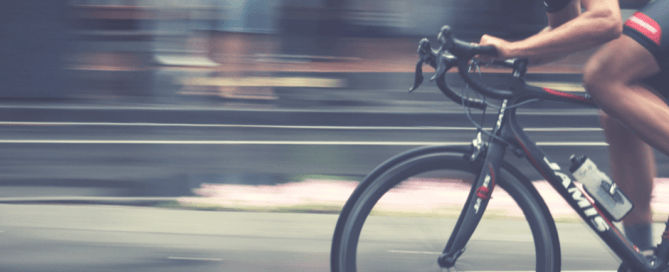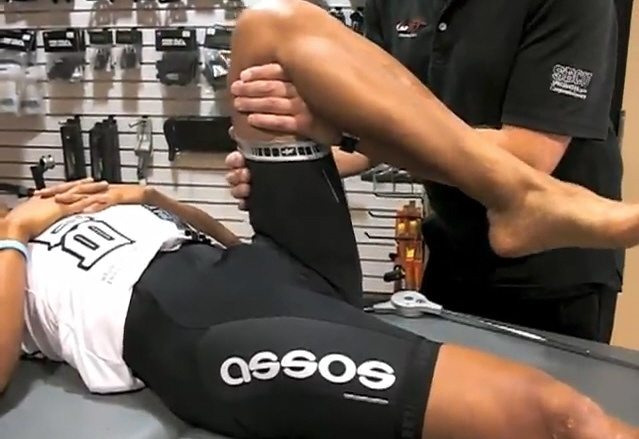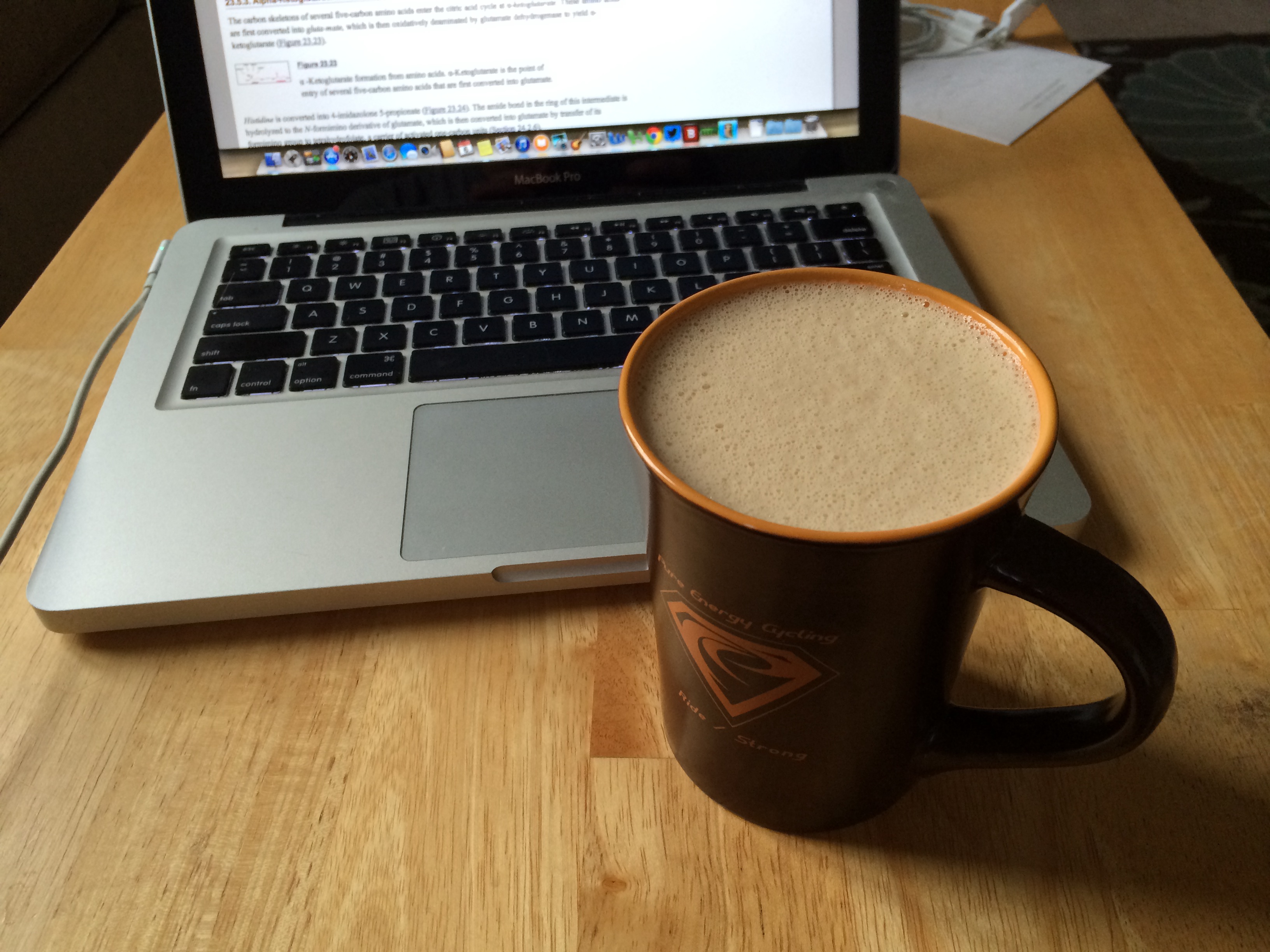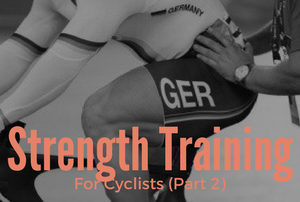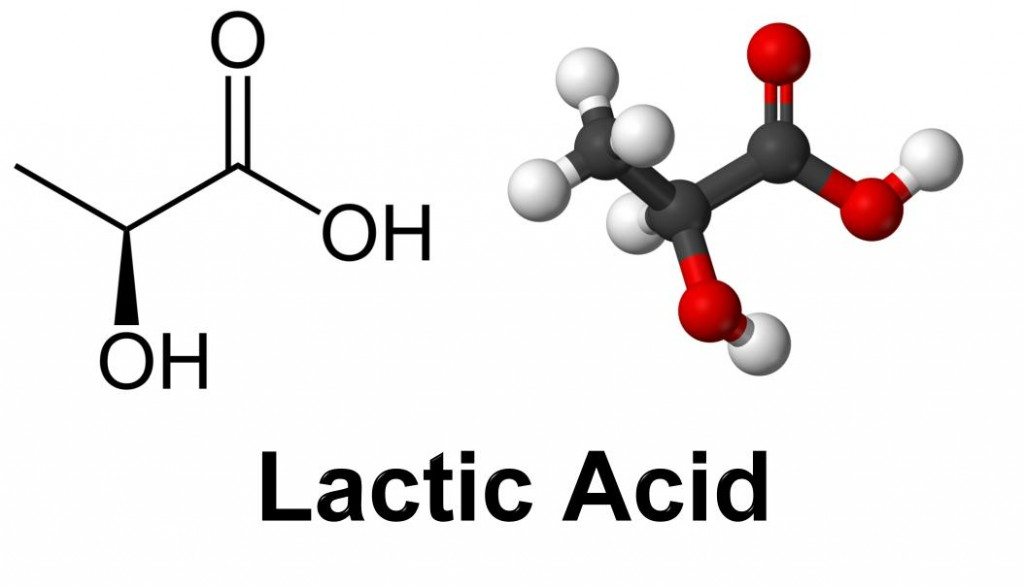Warning: A non-numeric value encountered in /home2/robdaman/public_html/tailwindcoaching/wp-content/plugins/fusion-builder/inc/lib/inc/functions.php on line 907
Warning: A non-numeric value encountered in /home2/robdaman/public_html/tailwindcoaching/wp-content/plugins/fusion-builder/inc/lib/inc/functions.php on line 908
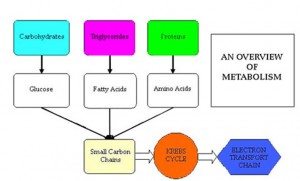 Biohacking Cycling Performance
Biohacking Cycling Performance
What exactly is “biohacking” and how can biohacking cycling performance give you an edge on your riding and racing buddies? That's the question you'll likely be asking yourself even before you got to this sentence. Allow me to offer a definition coined by Dave Asprey, The Bulletproof Executive, a well known and highly influential biohacker and health hacker:
Biohacking:
(v) To use systems thinking, science, biology, and self-experimentation to take control of and upgrade your body, your mind, and your life.
(n) The art and science of becoming superhuman.
While that sounds incredibly difficult and involved, it's really pretty simple. Let's think about this for a second: how many times have you asked yourself or someone else “What do you eat during your rides/races/fondos?” Have you ever questioned: “I wonder how I'd do with this gel/drink mix/diet?” Have you ever said: “I should try that recovery/nutrition idea and see if it makes me feel better or ride stronger?” Have you ever wanted to use the same training plans the pros do, just so you can “ride like Fabian” or be one of those “machines” that is spoken of in hushed tones at the coffee shop?
If you try some of those things, you're performing a scientific, biological self-experiment in order to upgrade your body, (and in order to tie in the second definition) in a quest to become superhuman on the bike. Congratulations, you're biohacking cycling performance.
These articles are designed to help you get the most out of biohacking cycling performance. Below you'll find a selection of posts ranging from nutrition to training tips, all with a highly scientific tone and a lot of in-depth information on how you can take your training to the next level.
Coaching Q&A – Ways to Boost Your Training Outcomes (Podcast #58)
This time of year, the focus of your questions has turned from how to get strong and fit for upcoming events to wringing the most out of your training time. If you are anything like the 99% of cyclists for whom riding a bike isn't a job, you have limited time to train and need to get the most out of each hour. I'll wager that these questions that I'm getting will apply to many of you out there. It's true that no question is a stupid one, and since there's a lot of valuable information in each of the topics I'll talk about, I've put them together into a podcast intended to help you boost your training outcomes.
In this episode of the Tailwind Coaching Podcast, I'll explain how you can boost your fitness and increase your training outcomes with some simple techniques. After the jump, you'll be able to peruse the show notes and read a synopsis of what's talked about in this episode.
Don't forget to hit the like and share buttons on the left to share this information with your friend, group ride buddies and teammates!
Now, learn how to boost your training outcomes with these simple tips:
Recover Like A Pro (Podcast #50)
Have you ever heard that your body doesn't get stronger through training? It's an odd thing to think about, but it's inherently true. Training is the overloading stimulus that (hopefully) pushes your body beyond it's comfort zone. Once you've pushed beyond the constraints of your fitness you need to allow the body to repair the damage that has been done to it and build it stronger for the next challenge. But the recovery phase is something that many cyclists completely ignore, opting instead to sit on the sofa or worse, go for a recovery ride that turns into a workout.
In today's 50th episode of the Tailwind Coaching Podcast, I'll detail some of the do's and don'ts of recovery, including:
Fat, Fasting and Training Adaptation (Podcast #49)
Getting fat. That's the last thing anyone wants to hear over the off season, especially during the holidays. The simple fact is that the holidays are notorious for being able to pack the pounds onto a cyclist. There are parties aplenty, goodies in the office (usually in the form of high-calorie desserts), feasts with family and the ever-present alcoholic beverage, just begging for you to imbibe.
It's easy to overdo it during the off season and find yourself in a hole come January. But there is a way to start melting off those excess inches that doesn't involve giving up tasty meals of spending hours per day on the trainer. And that simple way involves putting a little more fat in your gullet.
What?!
You heard me right. If you understand the physiology of how our body processes the fuel it is given, you'll be able to make some smart dietary choices. And if you stick with some of those changes for the long term, you'll realize some performance benefits as well.
In this episode of the Tailwind Coaching Podcast, I'll get into some of the science behind nutrition and exercise adaptation. You'll find the following information discussed in this episode:
Strength Training For Cyclists – Part 2 (Podcast #43)
In part 1 of “Strength Training For Cyclists” I talked about how your body adapts to different kinds of exercise. We learned about the concept of different pathways that create physiological adaptation and a touched on a couple of ways these pathways interact with one another, turning you into a sharp physical specimen where there used to be couch potato.
But there was a problem: I covered all these concepts about how your body uses some common physiological mechanisms to build fitness in different muscle types, that's true. But the one thing not talked about was how to put all that sciency stuff together. I'll tackle that in detail in today's podcast, so click through the break and check out the show notes.
Biohacking Lactic Acid
Lactic acid. The burn. The chemical that Phil and Paul always talk about “filling up the legs” and “making the legs scream in agony.” It gets a bad rap, one that it perhaps doesn't deserve. Little do most athletes know, it can not only be a key way to enhance your performance, but it may very well be required by the body to fuel your brain and contribute to various chemical reactions within the body. Biohacking lactic acid will help you improve your cycling performance.
How can this improve your cycling performance?
Easy. For simplicity's sake (as an overview) here's the gist of it: The more time you spend creating lactic acid, the more your body will be forced to deal with. That causes a cascade of metabolic changes in the body. But how does dealing with lactic acid get you further? How does your body do it? How can we use those lactic acid idiosyncrasies to be faster cyclists?
We'll look at a couple of ways to hack lactic acid after the jump, and after we understand how it's produced and cleared.
Click through the jump to see how it works (warning, sciencey, geeky stuff ahead):
